Speaking of sacrificial essays and mourning essays, what we are most familiar with is “One is at the end of the sky, the other is at the corner of the earth” in Han Yu’s “Sacrifice to the Twelve Langwen”. “Dreams meet” is “the courtyard has a loquat tree, which was planted by my wife when he died, and now it has a pavilion like a covered pavilion”. The classical style of eulogy always has a natural sense of sadness.
Recently, the Humanities Agency released Ma Weidu’s “Back View” for his deceased relatives and friends, which is a collection of mourning essays. In the book, 25 characters with different identities and close relatives are written. They all left deep marks in the author’s heart. Readers can also see a certain period of history and feel from Ma Weidu’s interactions with these friends. From the beginning of reform and opening up till now, there has been a craze for culture and collecting Recently, Ma Weidu held an online press conference for his new book “Back View”.
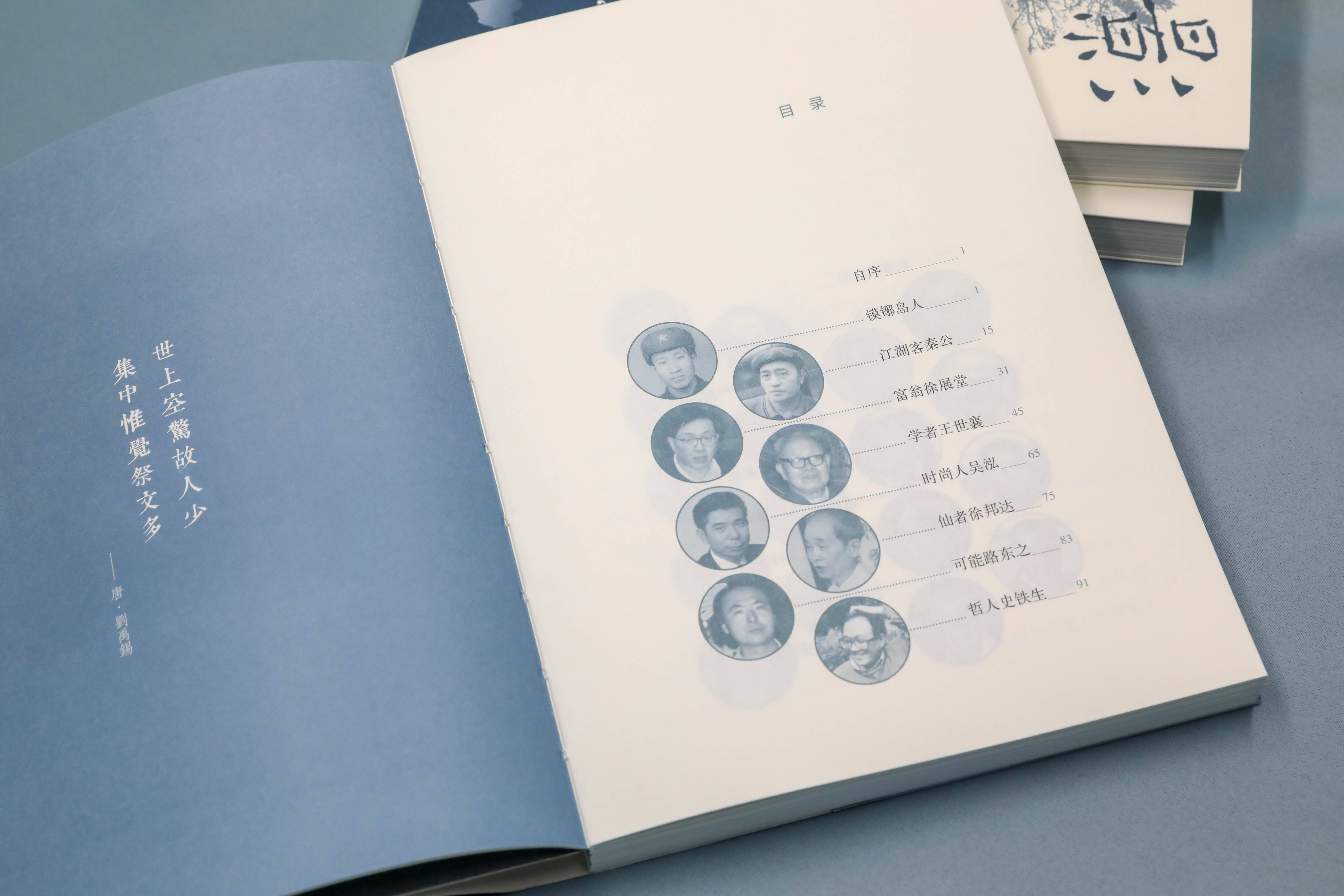
“Back View”
Writing motives caused by father
Ma Weidu mentioned that the motive of writing the book “Back View” or writing the eulogy was caused by his father.
“The earliest photo of my father I can find, I put it directly at the front of the book without modification. I wrote a sentence on it: This is the first photo of my father, taken on the march of the Liberation War. In the photo, his There is still mud on the shoes, his feet are very loose, and they are still tilted. Strictly speaking, this photo is not much like a photo, it is more like a still. Now the photos are very loose, because you are taking photos with your phone every day, but In the Republic of China, it was a big deal for everyone to take photos. They would sit tightly and take a very rigid photo. But my dad took a very vivid photo. We can feel this personality through a single detail. “Ma Weidu said. To a certain extent, writing a eulogy also hopes to get a glimpse of a person’s life from these details.
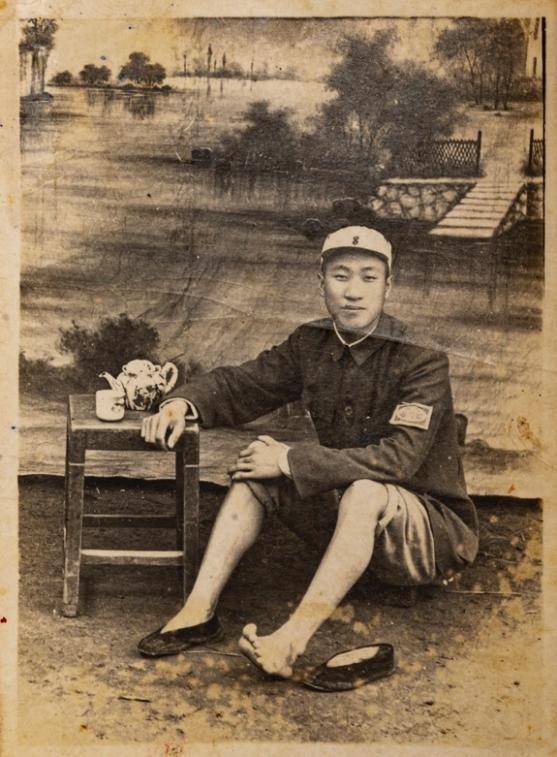
Ma Weidu recalled his father in the book. Ma Weidu was born in a military family. His father, Madanlin, a farmer in the saline-alkali land of Jiaodong Peninsula, participated in the revolution in his teens. From instructor, instructor to political commissar, he participated in many wars during the War of Liberation. Ma Weidu wrote: “My father was cheerful. When I was a child, I remembered him as always cheerful. Even the cruelty of war was described in a relaxed tone and never exaggerated.”
Ma Danlin was born with stuttering and hasn’t made a big difference in his life, but what he is most willing to do is to teach children how to overcome stuttering. “When I was young, I often saw him patiently teach a skill to my classmates who stuttered. He said that he was afraid of stuttering. Quickly, speak slowly and keep a long tone. Once, I saw him teaching a light bulb in the middle of a group of children earnestly: lamp—bubble! On—off! It’s fun.”
Talk about the collection of cultural relics
On October 30, 1996, Ma Weidu founded the Guanfu Museum, the first private museum approved by the government in China. In the book “Back View”, Ma Weidu recounted his early collection experience. Born in 1955, he joined the team to travel to the countryside and worked as a locomotive miller. In the 1980s, because of a novel, he was transferred to China Youth Publishing House as a literary editor and discovered the novels of many familiar authors today. In his spare time, he likes to go to Liulichang to do treasure hunting. But the antique shops at that time were state-owned, and only people with foreign exchange certificates could enter, and people like Ma Weidu were not welcome. Ma Weidu laughed at himself: “I was thin when I was young, and my thinness is not as good as fat and honest, and I can react quickly to accidents. It is estimated that others think I have a ghost in my heart.” Ma Weidu has great enthusiasm for what he likes. Porcelain is Ma Weidu’s beloved, “No matter what it is, I can’t move when I see it, my eyes are straight, and there is no one else.”
“When I was young, I liked cultural relics. I used to have a few places to buy cultural relics in Beijing. One was the purchasing department of the Liulichang Beijing Cultural Relics Store, and the other was the purchasing department in front of the Drum Tower of Houmenqiao. There were a lot of trust shops in Beijing. , In Shanghai, they are called the adjustment shops, where people put the old things at home and sell them. There are a lot of cultural relics there, because some people can’t tell whether they are cultural relics or old ones. I especially liked visiting these shops and saw a lot of things here. It’s more about learning knowledge.” Ma Weidu said.
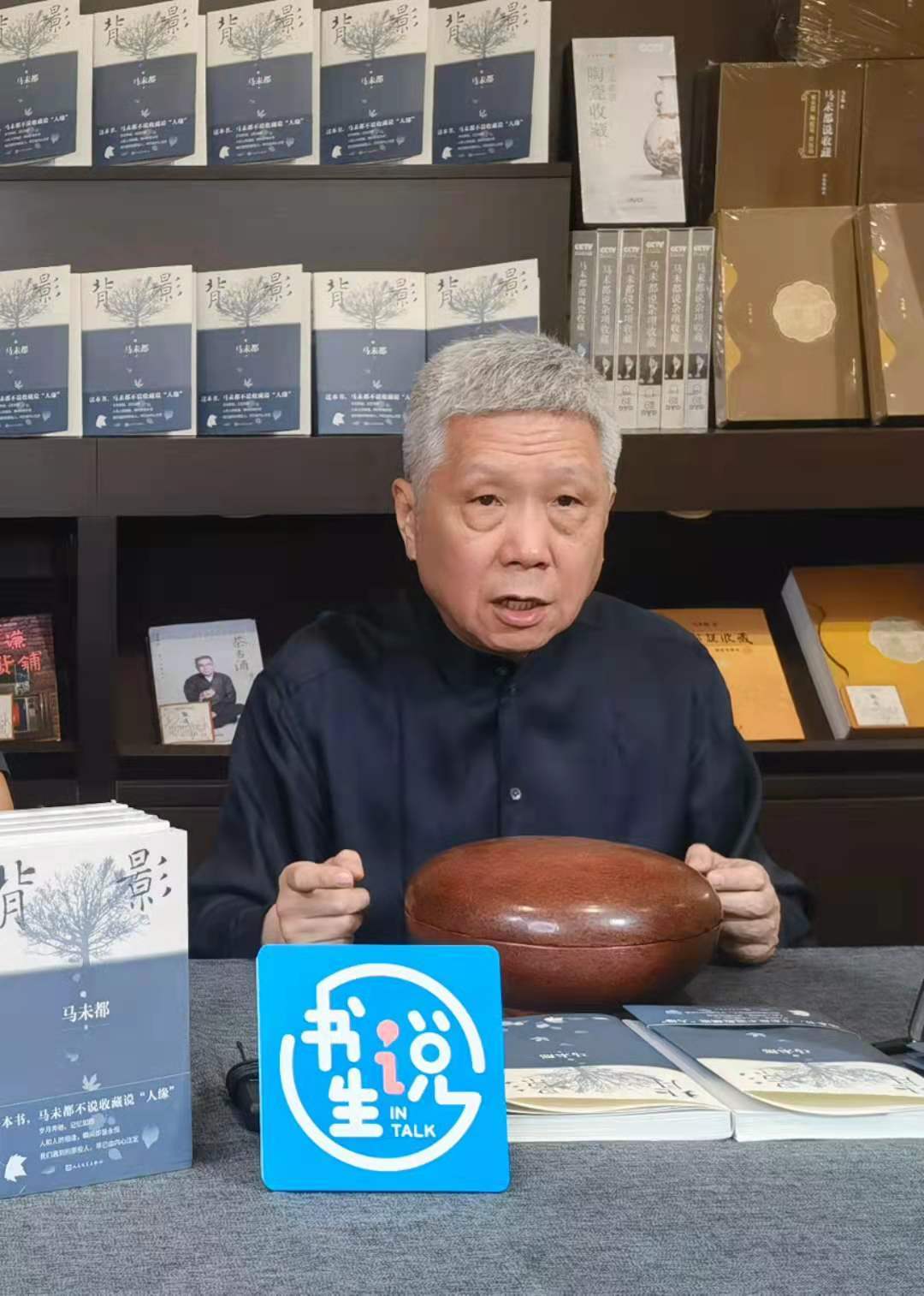
Ma Weidu
When the antique shops on the mainland were in the cold, there was no excitement in Hong Kong. Ma Weidu said: “The last prosperity of the antique streets in Hong Kong was from 1980 to 1990, or from 1985 to 1995. How prosperous is it? You can’t imagine. , Antique shops have to line up. At that time, people lined up at the door to buy things at the shop in Kowloon. The boss was tired all day long to pack. At that time, a lot of things were flooded to Hong Kong and Hollywood in Hong Kong at a tidal speed. There is no way to get down on the Moro Street below the road. Hong Kong’s sources of things are particularly complicated, not only the things that flowed out from the mainland, but also those that flowed to Europe and returned in the early years. Those who went to the United States came back and Hong Kong changed. Into a distribution center.”
The top nine streams and the bottom nine streams are friends
Nowadays, collection auctions are catching up with the fashionable trend, and various auction apps are emerging one after another. But as mentioned above, in the 1980s, when the mainland just opened up, and people did not understand what auction was all about, Ma Weidu went to auction at that time. Hong Kong, where the market is very “prosperous,” goes to buy antiques. At that time, most of the antique shops were opened by foreigners. No one in the country went to buy antiques. Ma Wei with Beijing accent was very eye-catching. This was also the opportunity for him to get to know and communicate with the big collectors Xu Zhantang, Wang Jiqian, Chen Shuzhen, An Siyuan and others.
Ma Weidu said that when he met Wang Shixiang, he was about 30 years old, and Wang Shixiang was 71 years old. “At the time, he was not valued by the society. He was very deserted. When you go to their house, you will be himself and there are no outsiders. It’s not like. By the time he was over 80 years old, Chinese classical furniture was also hot, Huanghuali furniture and red sandalwood furniture were hot, and there was an endless stream of people looking for him. At that time, I left the show. I think life is no different from the stage. When you go up and perform, when the stage is full of performers, you can retreat and become an audience.”
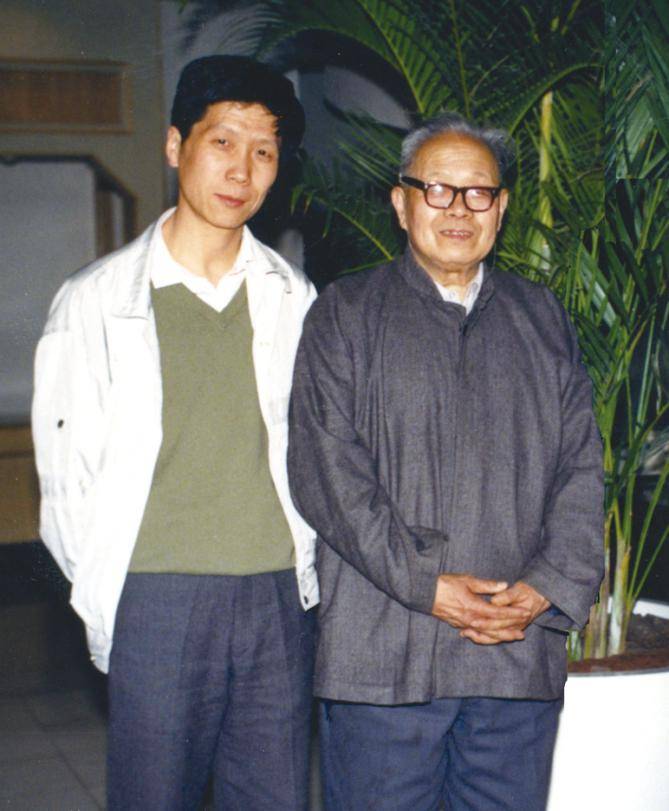
Ma Weidu (left) and Wang Shixiang
“Wang Shixiang is a cultural relic everyone, and he likes to collect. In the past, people didn’t like to collect many cultural relics, because there was a work discipline that was not allowed to collect. Because Mr. Wang left the Forbidden City after five or more years, he can collect it. He has some things that he doesn’t have. Stop showing it to me. I wrote a lot of interesting things in my eulogy about him.” Ma Weidu said.
Another collector, Wang Jiqian, described in “Back View” is also very legendary. Ma Weidu shared: “His most famous thing was to sell a “Creek Bank Picture” to the Metropolitan Museum for 5 million U.S. dollars. The US dollar was sky-high at the time. After it was sold out, it caused a great uproar. At that time, many people said that this thing was fake and it was made by Zhang Daqian. It was about a seminar held in Metropolis at the end of 1999, and a lot of modern technology was used to paint the history. It has been shown how many times it has been repaired, and I am sure that this painting is not the work of Zhang Daqian.”
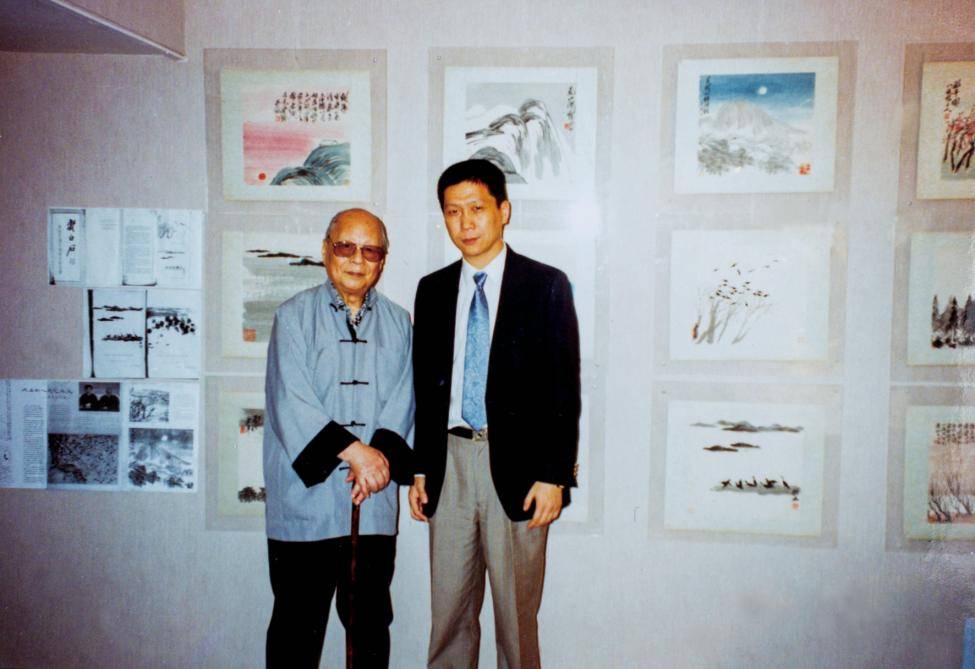
Ma Weidu (right) and Wang Jiqian
Ma Weidu also commented on the rich man Xu Zhantang in the article, “Attitude can often determine the choice of life, and the choice can determine the direction of life. It is said that after a person becomes a rich man, it is easy to faint first, and most people will faint for a lifetime. , But smart people will soon wake up from the dizziness and know what they should do next and what wealth is.”
Ma Weidu described his early experience in “Back View”: “I am considered irregular in the cultural system, running around, calling for friends and friends. Both the top and the bottom have friends.”
In the early 1990s, Ma Weidu and his friends set up the “Hippocampus Film and Television Creation Studio” and created popular TV series such as “The Story of the Editorial Department” and “Hippocampus Song and Dance Hall”, which became increasingly uncontrollable in their collections. Many people think that Ma Weidu’s collection relies on opportunities. To a certain extent, during the reform and opening up in the 1980s and 1990s, people yearned for a new life and were not interested in old things and old ways of life. This also allowed Ma Weidu to accumulate many treasures. But more importantly, he has always upheld the cultural traditions of the collecting world. “In the past culture, it was a shame for literati to sell things. I haven’t sold anything for the first 20 years. I feel that selling things for money is the shame of literati. It’s this kind of good face that saved me, so my collections are all Original stocks are already worth a hundred times when they are resuscitated.”
“Back View” seems to be written by someone else, but it is also the author’s own statement. Ma Weidu wrote about Liu Xinyuan, a ceramic archaeological researcher. “The identification of ceramics was an unpopular knowledge in the early years. The vast China can quickly make judgments on ceramics in a total of three to five. Individuals. I’ve been in touch with famous people. Everyone has different styles. There are those who open and close, there are those who are well-behaved, and those who are cautious. Mr. Liu is the former, and he never hides what he says. It made people happy to hear it. Later, the ceramics collection became hot, and the appraiser became a sweet pastry. Someone invited it, and took the first class, and took the appraisal fee. Once the appraisal fee was taken, the connoisseurs were insincere. The superiority is distinguished, and this superiority is actually character.”
(This article is from The Paper. For more original information, please download the “The Paper” APP)

























































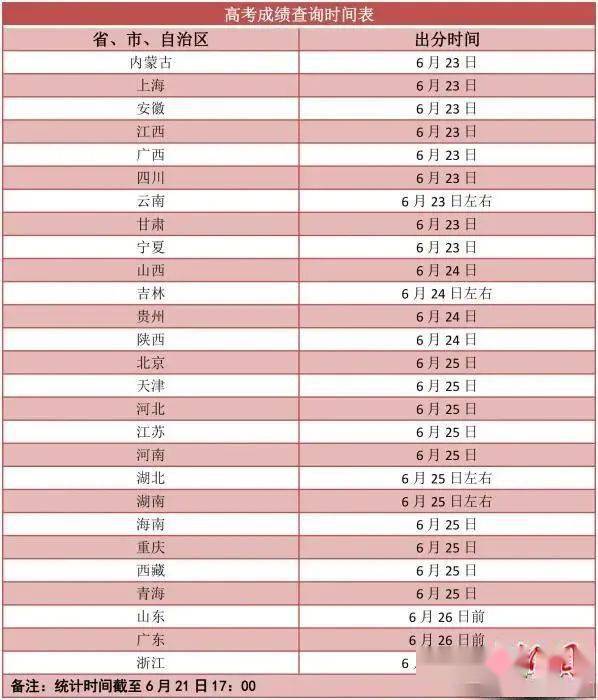



You must log in to post a comment.